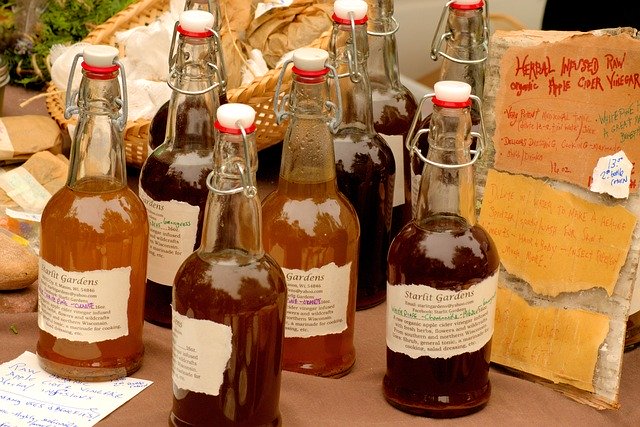
An increasing number of individuals are making their own vinegar at home. They believe that homemade vinegar tastes a lot better than commercially available ones which can be too acidic or have a chemical after taste. Concocting their own vinegar also allows them to customize flavor by adding their choice of herbs and spices.
Homemade vinegar can have a long shelf life as long as it was properly prepared, bottled and stored. It can also be easily shipped as long as it is in an air-tight and leak-free container. Here are some tips on how to properly pack and ship vinegar.
Vinegar is sensitive to air, heat, and light. It is best to store it in dark air-tight bottles to keep it fresh. Make sure that the bottle has an air-tight lid not only to prevent leaks but also to keep air from getting in and contaminating the vinegar. As an added precaution, wrap plastic cling wrap on the cap/lid and neck area of the bottle. Use tape to secure the plastic wrap in place.
Wrap the bottle with layers of bubble wrap, especially if shipping several bottles in one package. This will provide cushion to prevent the bottles from breaking during transit.
If using plastic bottles to minimize the chance of breakage or lessen the weight of the package, make sure to use only food-grade plastic bottles. While not too strong to damage plastic bottles, some plastic materials can affect the flavor of vinegar. Also, wrap plastic bottles in bubble wrap.
Place the wrapped bottle in a shipping box and fill empty spaces with packaging materials all around. It should remain in the center of the box. If shipping several bottles in one package, line the bottom of the box with foam pads or bubble wrap then arrange the bottles side by side. Fill the gaps between bottles with packing materials. Make sure that the bottles are snugly packed and do not move when the box is shaken.
Close the package ad seal with packaging tape. Address and label the box and take to your local post office or shipping company.
